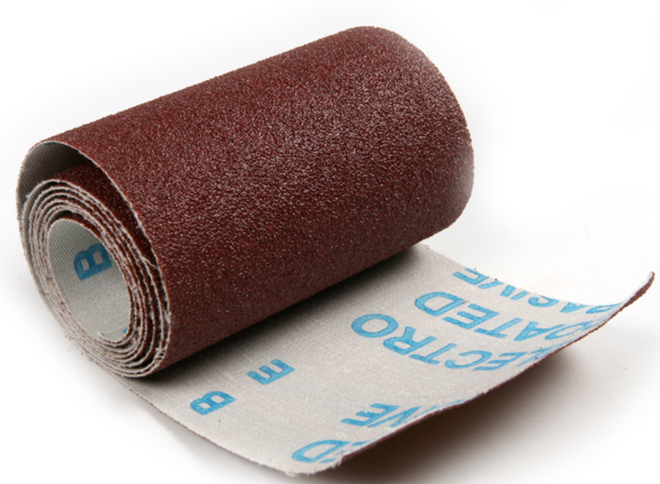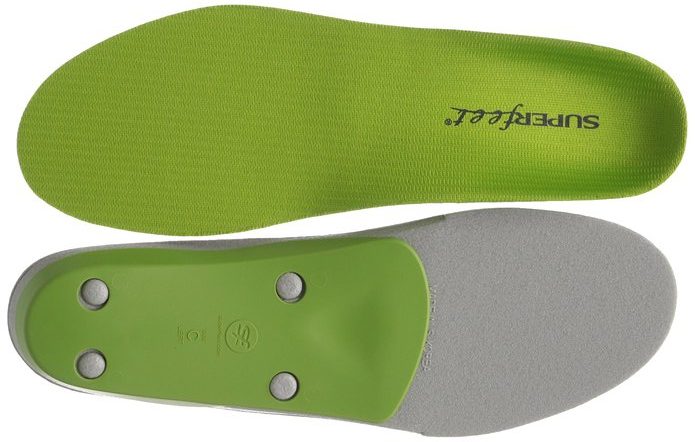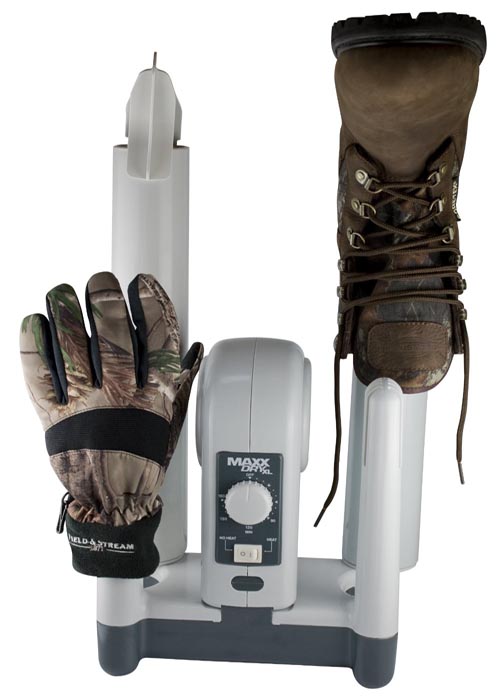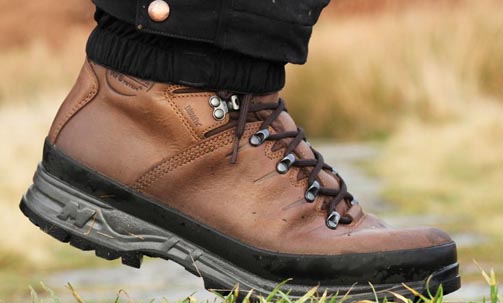How to Stop Shoes from Squeaking
How do you get shoes to stop squeaking?
Squeaky shoes can be incredibly annoying.
While you might do your best to ignore the squeaks for a few minutes, by the thousandth squeak you will likely be ready to toss your shoes in the garbage altogether.
Even worse, squeaky shoes can be a negative way to draw attention to yourself – not how you want to introduce yourself to new people or to your peers during a business meeting.
Thankfully, there are ways to end the squeaking. Most of the methods are do-it-yourself, so you’ll need some patience and willingness to try multiple solutions if you are truly dedicated to getting rid of the squeak.
This is particularly important since squeaking can be the result of different sources of friction, so you’ll need to do some investigating around your shoe to solve the problem.
In this article, we will cover everything you need to know about how to stop shoes from squeaking.
What you will need to end the incessant squeaking in your shoes depends largely on where the squeak is coming from.
For example, if the squeak is the result of the sole material, that requires a very different fix than if the squeak is the result of friction between your insole and the shoe itself.
See the instructions below for different causes of squeaks and how to address them.
Instructions
New shoes
If your shoes are brand new or nearly so, the most likely suspect for the squeak is the rubber in the sole.
Brand new rubber needs to be worn in slightly or else it can squeak every time it hits the floor.

If you don’t want to wait for the squeaking to subside on its own as part of the break in process, you can rub a piece of rough sandpaper against the rubber in the sole.
Wear the shoes around to test them when you are finished – if the squeak still persists, you can abrade the soles some more with the sandpaper or even by kicking the shoes over gravel or rocks.
Insert
If you wear inserts in your shoes, a slight mismatch between the cut of the insole and the cut of the shoes’ bases can be the source of your squeak.

To fix this squeaking, take the insoles out of your shoes and sprinkle some baby powder, corn starch, or baking powder into the shoes.
Use your hands to spread it over the entire base of each shoe, as well as sprinkle some onto the bottom side of the insoles.
Tip the shoe over a garbage to remove any excess powder – but don’t bang it, since you don’t want to remove all the powder – and then replace the insoles.
If the shoes are still squeaking, repeat the process and try adding some more powder inside the shoes.
Wet shoes
Wet shoes are a common source of squeakiness, since many shoes will swell or develop other structural issues after getting wet.

The solution in this case is to thoroughly dry the shoes, since even a little leftover moisture can lead to squeaking.
First, remove any insoles that you have in the shoes and hang them to dry in a warm, dry room, preferably near a heater.
For the shoes themselves, crumple up newspaper and stuff it inside the shoes.
Then lay the shoes on their side in a warm, dry room – but not next to a heater, which can damage the shoe material.
Leave the shoes to dry for one to two days before removing the newspaper and replacing the insoles.
If the squeak persists, try adding some baby powder inside the shoes to soak up any remaining water.
Old shoes
Just as new shoes can be the source of squeaky noises, so too can old shoes.
When the rubber in the sole is graded down to a smooth nub, the shoe will essentially let you know that it is time to replace them by making a squeaking noise.

In this case, you would probably be best investing in a new pair of shoes or at least adding a traction pad to the bottom of your soles.
However, you can continue on with your current pair of shoes and reduce the squeak by adding Shoe Goo or another shoe glue product to any ripped parts of the shoe or areas that are coming unglued.
Whenever you are using these glues, it is best to work in a well-ventilated area and to apply the glue via a popsicle stick or cotton swab rather than directly with your hands.
Once the glue has been applied to all of the torn and beaten up areas of your shoes, use a clamp or a heavy object to hold the pieces of the shoe together and allow it to dry for at least 48 hours before wearing the shoes again.
Conclusion
Squeaking shoes are extremely unpleasant since the irritating sound will follow you wherever you go until either you replace the shoes or eliminate the sound.
Thankfully, there are a few tricks for how to stop shoes from squeaking using materials you have at home and for very little cost.
These methods can save your pair of shoes from the early end that the squeakers otherwise would likely have faced.
Of course, the solution for your shoe depends on the source of the squeak, so be sure to thoroughly investigate your shoes to determine where the squeaking sound is coming from and whether there may be more than one defect contributing to the squeaky sound.
If you used any of the methods described above to prevent your shoes from squeaking, we would love to hear about how the process worked for you in the comments section below.
In addition, if you have a friend who you always know is coming ahead of time thanks to the squeak in their shoes, share this article with them to help them end the squeaking.
